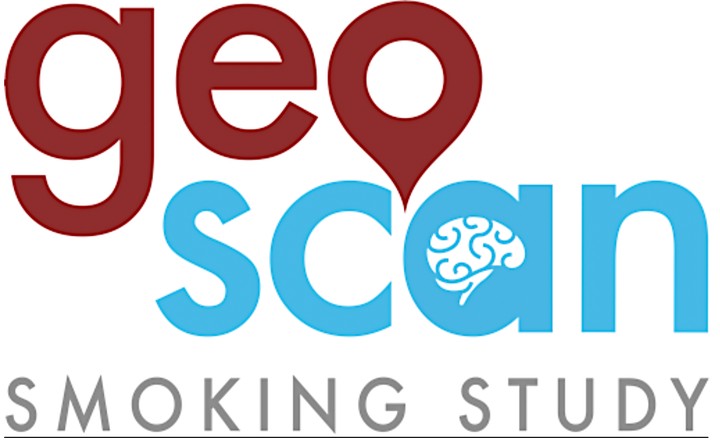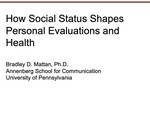GeoScan Smoking Study
 GeoScan Study Logo
GeoScan Study Logo
GeoScan Project
As an R01-funded project within the Communication Neuroscience Lab, GeoScan uses an innovative set of methods to test whether repeated, real-world exposure to point-of-sale tobacco marketing (POSTM) affects smoking behavior, and whether this is mediated by heightened craving and neural responses to POSTM. This novel multi-method approach includes mobile-phone based geolocation tracking, ecological momentary assessment (EMA), and functional magnetic resonance imaging (fMRI). By adding the ecological validity of observational field methods to the mechanistic insight of neuroimaging, and causal inferences from an experimental design, GeoScan aims to significantly advance actionable insight about POSTM effects in cancer control. Analyses will examine the extent to which POSTM increases brain responses to smoking cues as well as subjective craving, leading to increased smoking behavior–a leading cause of cancer.
Health Inequities Proposal
While helping to manage the GeoScan project, I have been working with pilot data to develop a grant proposal that examines the impact of poverty exposure on the links between momentary experiences of stress, cigarette cravings, and smoking. This proposal is motivated by existing work on the status-health gradient, which refers to the tendency for increasing social status to be associated with increasing health and well-being. Because much of the existing literature on the status-health gradient approaches this question at the society level (e.g., large surveys and public archives), it can be difficult to pinpoint the psychological mechanisms linking social status and actual health behaviors like smoking. Fortunately, the multi-modal approach of the GeoScan project affords several opportunities to examine the immediate psychological effects of poverty exposure on smoking, which is a leading cause of cancer. Concretely, I propose to study the following questions:
(1) Does increasing exposure to poverty (defined by the average percentage of households below poverty at one’s current location within a ~4-hour time period) increase the positive association between stress (negative mood) and cigarette cravings?
(2) Does increasing exposure to poverty increase the positive relationship between cigarette cravings and smoking frequency (i.e., cigarettes smoked per hour)?
(3) Is the indirect effect of stress on smoking through increased cigarette cravings stronger when participants find themselves within high-poverty areas?
